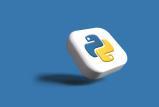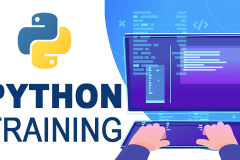I am full stack trainer for Python. Teaches both desktop and web applications. In this course I will teach following platforms.
1. Core Python
2. Graphical design in python
3. Creating desktop application
4. HTML and CSS
5. Javascript
6. SQL databases
7. Django frame work
I assure at the end of this course you will gain knowledge on how real-time application is developed.
Core Python refers to the foundational aspects of the Python programming language itself, without considering any additional libraries or frameworks. It encompasses the fundamental syntax, data types, control structures (such as loops and conditionals), functions, and object-oriented programming principles (classes, inheritance, polymorphism).
Python's core features provide the building blocks for developing applications in various domains, including web development. However, for building web applications efficiently, developers often rely on frameworks like Django.
Django is a high-level Python web framework that follows the "batteries-included" philosophy, providing developers with a set of tools and libraries to simplify the creation of complex, database-driven websites. It includes features such as an ORM (Object-Relational Mapping) system for interacting with databases, a powerful templating system, built-in security features, and an administration interface.
By leveraging Django, developers can focus more on application-specific logic rather than dealing with low-level details, speeding up development and enhancing maintainability. Django's robustness, scalability, and extensive documentation make it a popular choice for building scalable web applications and APIs.






